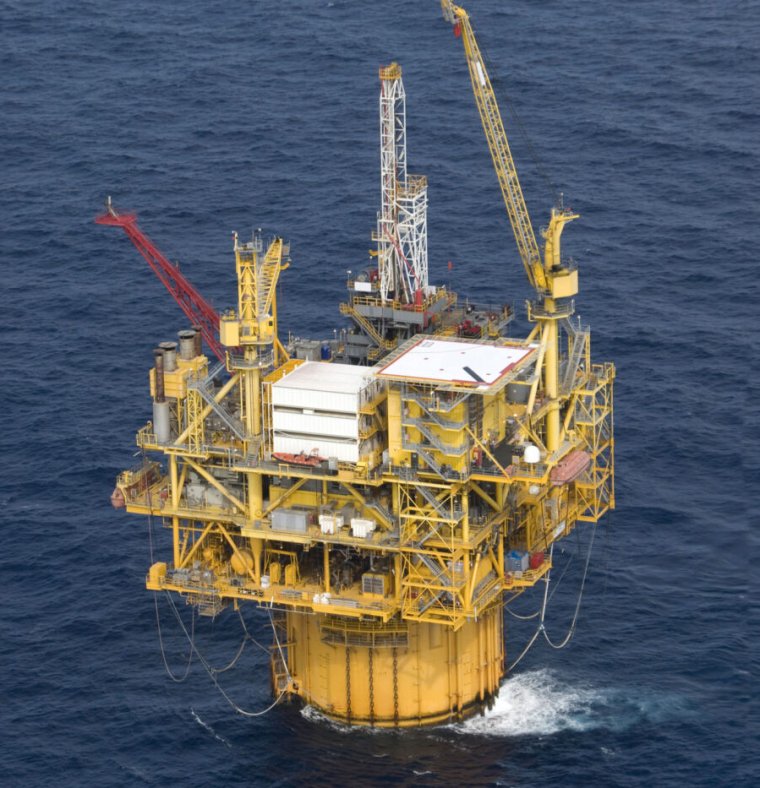
Oil and gas producers in the US are required by law to seal and cap their wells once they’re finished producing. But a new survey of wells along the Gulf of Mexico coast indicates that there are 14,000 wells that aren’t producing, are unlikely to be brought back into service, and are uncapped.
The bad news is that the estimated cost of capping them all would run into the area of $30 billion dollars. The good news is that, in most cases, one of the major oil companies will be responsible for these costs.
Put a cork in it
The basic risk of uncapped wells is that material doesn’t necessarily stop coming out of them when the equipment the well was connected to is switched off and removed. One obvious potential problem is continued seepage of hydrocarbons. Light material like methane and simple hydrocarbons typically ends up being digested by microbial life, which converts it to carbon dioxide that will typically find its way to the atmosphere. More complicated molecules will be insoluble and remain behind as contamination.
But other contaminants can also find their way out of wells, including salty brines. If those escape from the well, they can contaminate drinking and agricultural water supplies by seeping into sediments.
Typically, this is handled by filling the upper area of the borehole with cement plugs. Once that’s done, the upper sections of the piping are cut off and the site is abandoned. Generally, this process is mandated by law. Federal lands and waters are governed by rules that cause the lease on a site to expire a year after production stops; the operator then has an additional year to plug the well. State laws differ in details but generally adhere to the same principle: Once wells go a period without producing, their owners have a limited amount of time to cap them.
The risk of these systems comes from the possibility that a company can avoid the costs of capping by transferring the ownership of the wells to a company that then declares bankruptcy. But that’s not really an option for federal leases where, if a well’s owner goes bankrupt, then liability is distributed among all previous owners.
In deep
So, how many wells are left uncapped? To find out, a team of researchers focused on oil and gas producers along the coast of the Gulf of Mexico (meaning the states of Alabama, Louisiana, Mississippi, and Texas). Using a mix of private company sources and government data, they identified the production history of offshore wells, along with those in coastal areas such as marshes and shallow bodies of water.
They identified over 82,000 individual wells, of which only 6,500 are actively producing. The majority (64,000) are already capped and retired. But there are still over 14,000 wells that are not currently producing and don’t have a permanent cap in place. (About 3,500 of those have a temporary cap.) While some of these wells could be revived due to changes in technology or fossil fuel prices, that is quite rare. Based on data from wells in federal waters, the researchers find that less than 4 percent of wells that have been inactive for five years ever returning to production.
The complexity of plugging a well rises considerably with the depth of the water it’s in. The good news here is that most of the wells—85 percent of them—are in shallow waters. For these wells, the average cost is about $660,000 for each foot of water they’re in, with the overall total liability being $7.6 billion dollars.
Despite being in the minority, however, the deep water wells are where the costs pile up. Here, the average cost of decommissioning and capping is over $1 million per foot of water, so the roughly 1,600 deep water wells that are ready to cap would take about $35 billion to decommission. Limiting things to just wells that are currently inactive results in a total cost of about $30 billion.
Of course, if these are orphan wells where the responsibility belongs to a long-vanished company, actually getting them capped could be difficult. But, given the federal rules on liability, things are not that bad. The researchers say that 87 percent of the offshore wells were owned by one of the major oil companies (things like Exxon and Chevron); Exxon could have paid for capping every single inactive well last year and still had a profit of over $80 billion.
That, however, raises a very obvious question: If the wells are legally required to be capped, and the companies can easily afford to cap them, why aren’t they? One explanation is that, while the supermajors could eventually end up on the hook due to past ownership, they are not the present owners, and those present owners may not be as well-positioned financially to pay for decommissioning. Another possibility is that compelling anyone to follow these rules requires the federal government to enforce them, and its willingness to do so likely changes depending on which administration is running things.
Nature Energy, 2023. DOI: 10.1038/s41560-023-01248-1 (About DOIs).









